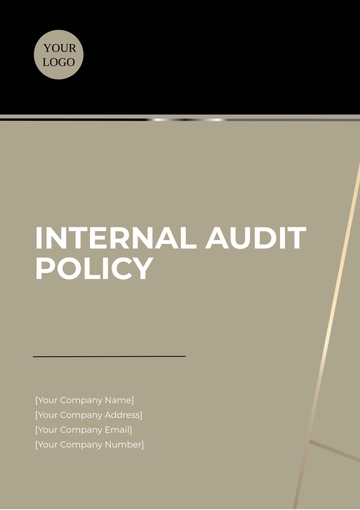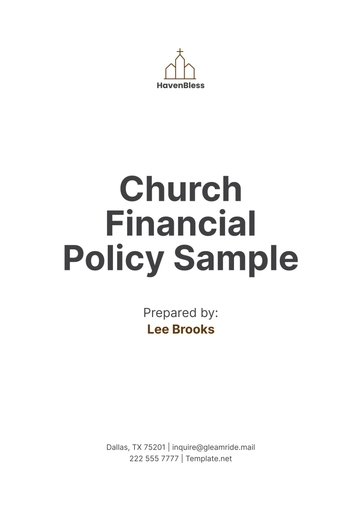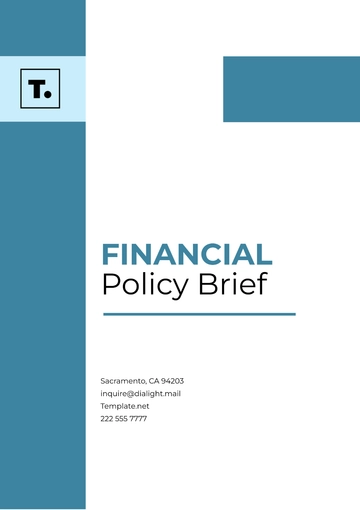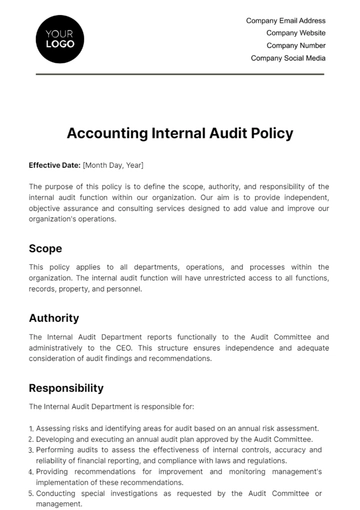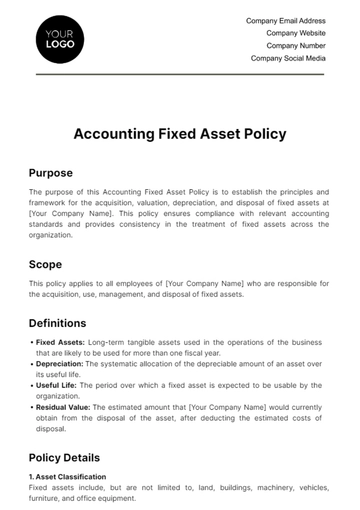Free Fiscal Policy

I. Objective
The primary objective of this fiscal policy is to foster economic stability and growth while maintaining sustainable public finances for [YOUR COMPANY NAME]. This policy aims to balance governmental revenue and expenditure to promote economic development, reduce unemployment, and control inflation.
II. Macroeconomic Goals
The fiscal policy aims to achieve the following macroeconomic goals:
Stable economic growth
Low unemployment rates
Controlled inflation
Balanced budget over the economic cycle
Sustainable public debt levels
III. Revenue Generation
Revenue generation is critical for funding public services and investments. Key components of the revenue policy include:
Progressive taxation to ensure equity
Broadening the tax base by reducing loopholes
Encouraging compliance through efficient tax administration
Exploring non-tax revenue sources such as public sector enterprises
IV. Expenditure Allocation
Efficient and effective allocation of public expenditure is essential. The policy focuses on:
Prioritizing capital expenditure to boost long-term growth
Ensuring adequate funding for essential public services
Implementing social safety nets for vulnerable populations
Monitoring and evaluating government programs for efficiency
V. Deficit and Debt Management
Managing deficits and public debt is fundamental to economic stability. The policy includes:
Adopting a counter-cyclical fiscal stance to smoothen economic fluctuations
Setting prudent debt targets and ensuring adherence
Improving debt management practices to optimize borrowing costs
VI. Incentives and Subsidies
Appropriately designed incentives and subsidies can stimulate growth and development:
Implementing targeted subsidies for essential goods and services
Providing tax incentives for investments in key sectors
Ensuring that subsidies and incentives are transparent and well-regulated
VII. Socio-Economic Development
The fiscal policy also aims to enhance socio-economic development through:
Investing in education and healthcare to build human capital
Promoting infrastructure development to support economic activities
Supporting research and innovation to drive future growth
VIII. Implementation Framework
This section outlines the framework for effective policy implementation:
Regular monitoring and reporting of fiscal metrics
Engaging stakeholders in the policy formulation process
Ensuring transparency and accountability through public disclosures
Adapting policy measures in response to changing economic conditions
IX. Evaluation and Accountability
Ensuring accountability and assessing the effectiveness of the fiscal policy is vital:
Conducting regular audits and evaluations of fiscal measures
Publishing annual fiscal reports for public scrutiny
Establishing independent oversight bodies to monitor implementation
X. Conclusion
In conclusion, this fiscal policy aims to promote sustainable economic growth, ensure socio-economic development, manage public finances prudently, and maintain fiscal stability for [YOUR COMPANY NAME]. Effective implementation and continuous evaluation are essential for achieving the desired outcomes and fostering public confidence in fiscal management.
- 100% Customizable, free editor
- Access 1 Million+ Templates, photo’s & graphics
- Download or share as a template
- Click and replace photos, graphics, text, backgrounds
- Resize, crop, AI write & more
- Access advanced editor
Ensure your organization’s financial integrity with Template.net’s Fiscal Policy Template. This customizable template provides a detailed framework to guide your company’s financial management, addressing budgeting, reporting, and accountability. Editable in our Ai Editor Tool, it allows you to personalize sections to align with your company’s unique financial requirements. Download it today!
You may also like
- HR Policy
- Restaurant Policy
- Company Policy
- Accounting Policies and Procedures
- Website Policy
- Privacy Policy
- Safety Policy
- School Policy
- IT and Software Policy
- Law Firm Policy
- Construction Policy
- Interior Design Policy
- Travel Agency Policy
- Education Academic Policy
- Security Policy
- Real Estate Policy
- Expense Policy
- Software Policy

